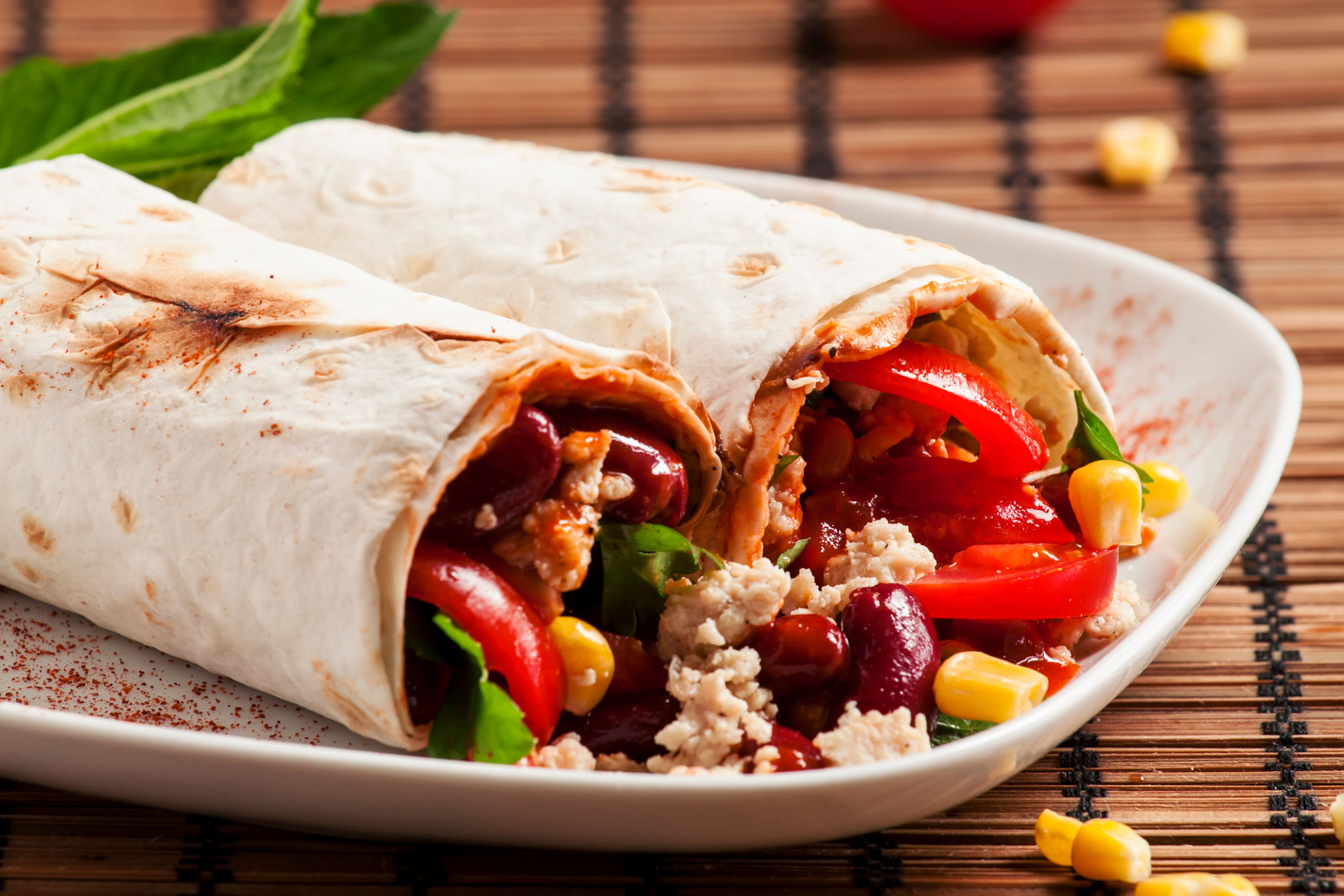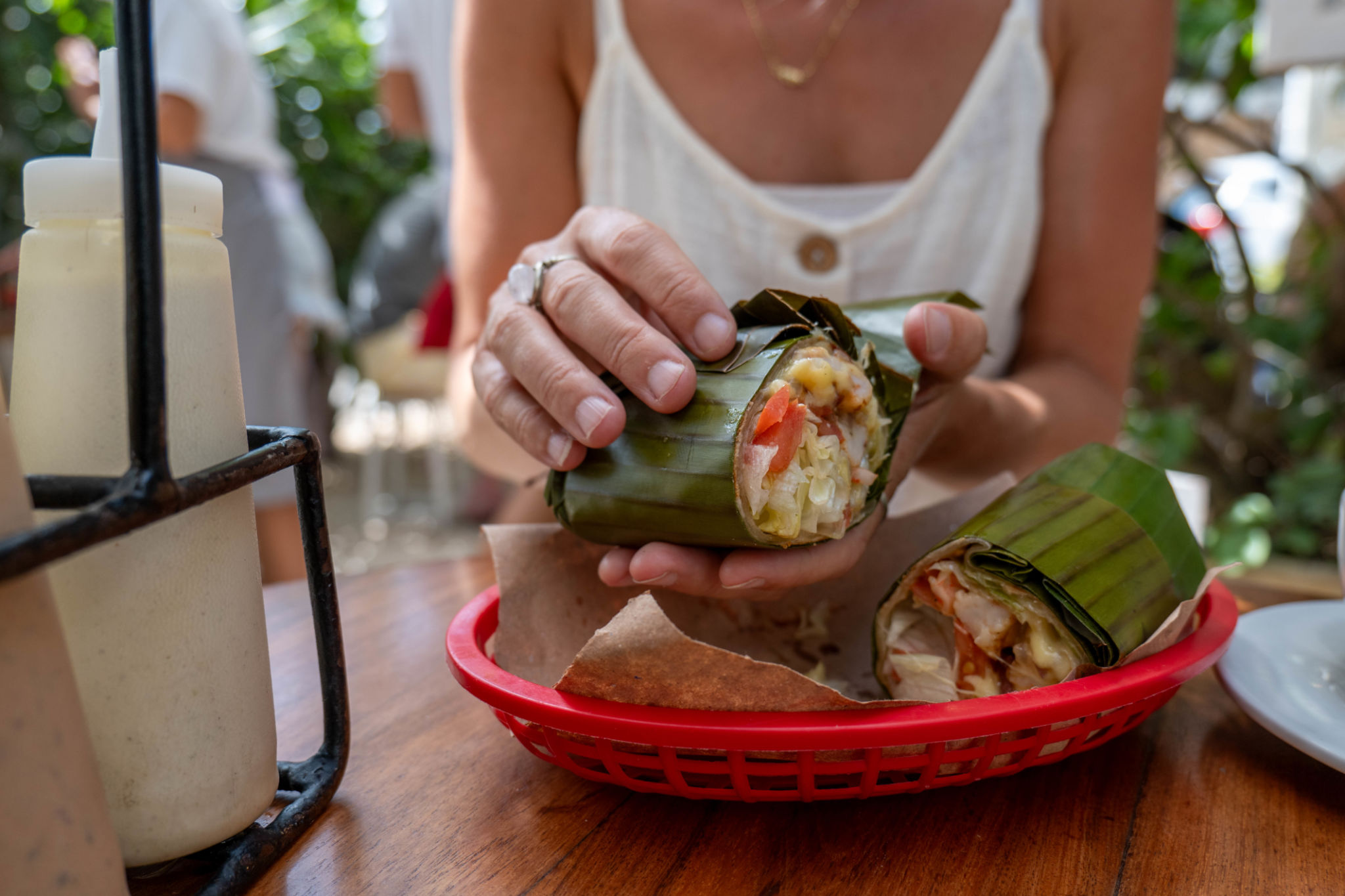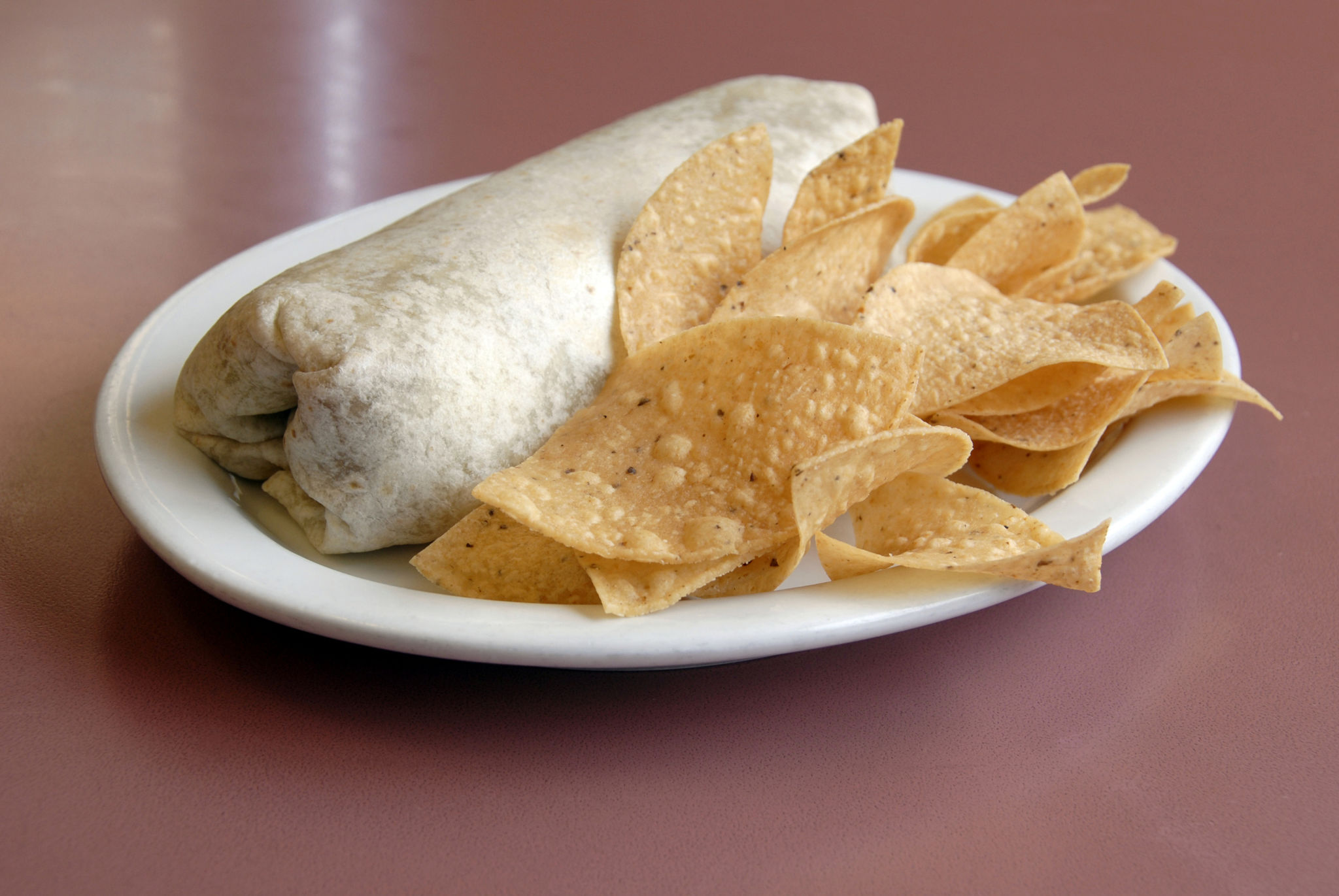Burrito Style Preference: Understanding Regional Variations
Exploring the Rich Diversity of Burrito Styles
The burrito, a beloved culinary staple, has undergone numerous transformations as it traveled across regions. Each area has put its unique spin on this classic dish, resulting in a delightful array of burrito styles that reflect local tastes and traditions. Understanding these regional variations not only enhances our appreciation for burritos but also offers a glimpse into the diverse food cultures that contribute to its evolution.
From the stuffed-to-the-brim Mission burritos of San Francisco to the simpler yet flavorful Tex-Mex versions, each style tells a story of cultural influences and local preferences. Whether you're a burrito enthusiast or someone curious about food history, delving into these regional differences can be both enlightening and appetizing.

The Iconic Mission Burrito
Originating in the heart of San Francisco's Mission District, the Mission burrito is known for its generous fillings and oversized flour tortillas. This style typically includes rice, beans, meat, salsa, and sometimes extras like cheese, sour cream, and guacamole. The Mission burrito is a meal in itself, offering a hearty combination that's both satisfying and flavorful.
Its popularity has soared beyond California, becoming a staple in many urban areas across the United States. What makes the Mission burrito stand out is its commitment to quantity without compromising on quality. It's a perfect example of how regional adaptations can elevate a simple dish into an iconic culinary experience.

Tex-Mex Influence
In Texas, the burrito takes on a different character, influenced heavily by traditional Tex-Mex cuisine. These burritos often feature savory fillings like seasoned beef or chicken, refried beans, and an abundance of melted cheese. While they might not be as large as their Mission counterparts, Tex-Mex burritos pack a punch with their robust flavors and comforting ingredients.
Tex-Mex burritos are often accompanied by sides such as Spanish rice and pico de gallo, enhancing the dining experience with complementary tastes and textures. This style showcases the fusion of Mexican flavors with American culinary techniques, creating a beloved comfort food that resonates with locals and visitors alike.

Southwestern Charm
Heading further southwest, burritos in states like Arizona and New Mexico embrace the bold spices and ingredients typical of Southwestern cuisine. These burritos often incorporate green or red chile sauce, giving them a distinctive kick that's both spicy and savory. Ingredients like carne adovada or hatch chiles offer a regional twist that sets them apart from other styles.
The Southwestern burrito is a testament to how local agriculture influences food traditions. With an emphasis on fresh and seasonal ingredients, these burritos reflect the vibrant culinary tapestry of the Southwest. Whether enjoyed at a local diner or made at home, they provide a unique taste of the region's food culture.
The Simplicity of the California Burrito
In Southern California, particularly San Diego, the California burrito has carved out a niche with its straightforward yet delicious approach. Known for its inclusion of French fries alongside carne asada, cheese, and guacamole, this style is a favorite among locals looking for a satisfying meal on the go. The California burrito exemplifies the playful innovation that defines much of Californian cuisine.
This burrito style often attracts those seeking a quick yet indulgent bite, combining familiar fast-food elements with traditional Mexican flavors. Its popularity is a testament to how creative variations can capture the hearts (and stomachs) of food lovers.

Embracing Burrito Diversity
As we explore these distinct burrito styles, it's clear that each region brings its own flair to this versatile dish. From the hearty Mission burrito to the spicy Southwestern versions, these regional variations highlight the adaptability and creativity within culinary traditions. Understanding these differences not only enriches our dining experiences but also fosters a deeper appreciation for the cultural diversity that shapes our food landscape.
So next time you savor a burrito, take a moment to consider its origins and the regional influences that make it unique. Whether you're enjoying it in its birthplace or trying a new variation elsewhere, embrace the diversity that makes each bite a delicious journey through different cultures and tastes.
